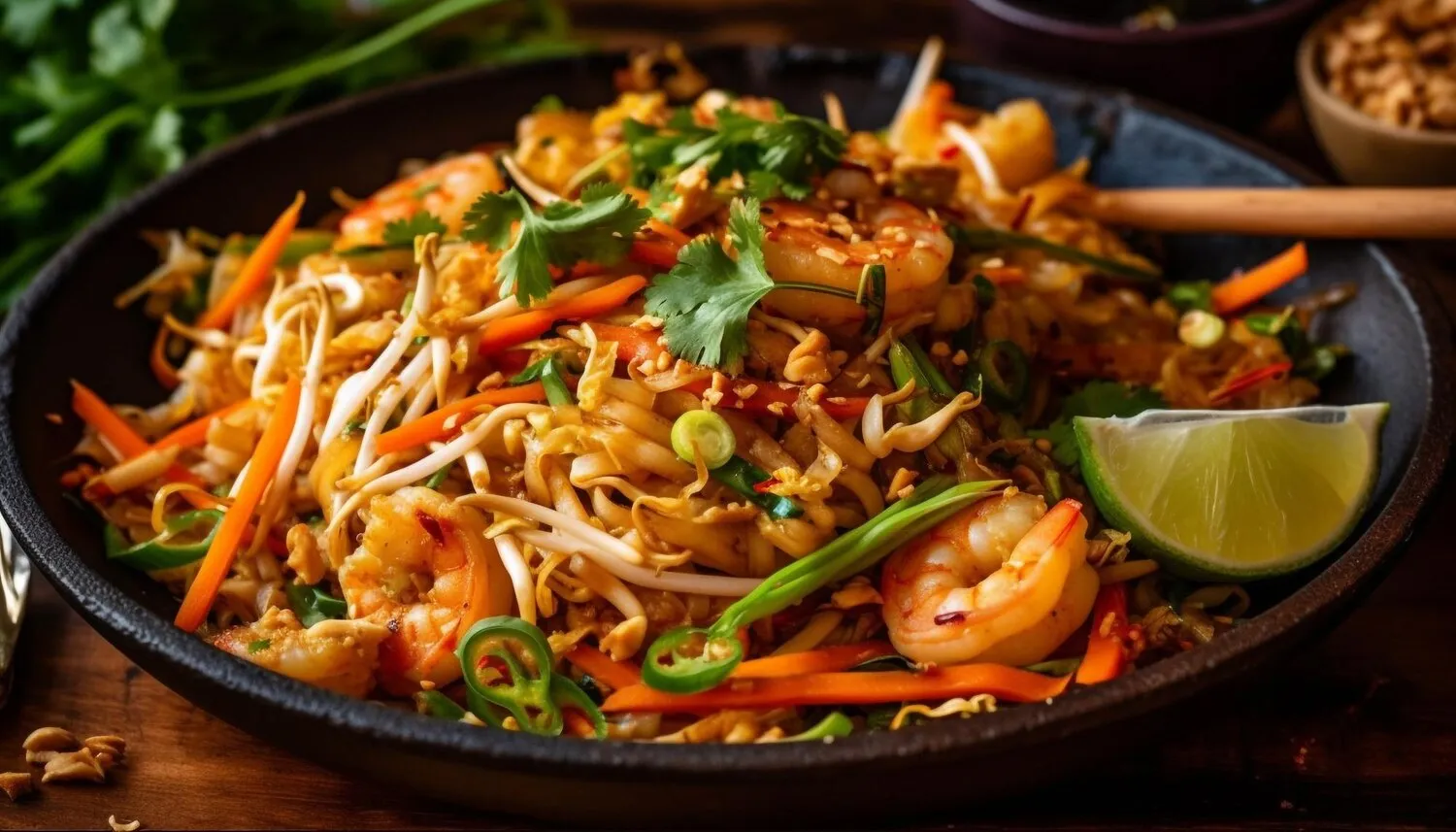
Noodles
A selection of noodle dishes. Specific types not always mentioned in reviews.
Nutrition Facts
* The % Daily Value (DV) tells you how much a nutrient in a serving of food contributes to a daily diet. 2,000 calories a day is used for general nutrition advice.
Global Fusion Bistro
Noodles have a long and rich history, dating back thousands of years. Evidence suggests that noodles existed in China as early as 4000 years ago. The Silk Road played a crucial role in spreading noodle-making techniques and variations throughout Asia and eventually to other parts of the world. Regional differences in ingredients, cooking methods, and cultural preferences led to the diverse array of noodle dishes we see today.
Noodles hold significant cultural importance in many societies, often symbolizing longevity, prosperity, and good fortune. They are frequently served at celebrations, birthdays, and other special occasions.
Longevity Symbolism
In many Asian cultures, long noodles represent a long life. It is considered bad luck to cut noodles while eating them, as this is seen as shortening one's lifespan.
Regional Variations Reflect Culture
The specific ingredients and preparation methods used in noodle dishes often reflect the local culture and available resources. For example, coastal regions may incorporate seafood into their noodle dishes, while inland regions may rely on meats and vegetables.
Communal Eating
Noodle dishes are often enjoyed in a communal setting, fostering a sense of togetherness and sharing.
The flavors of noodle dishes are incredibly diverse, depending on the ingredients and preparation methods used. They can range from savory and umami-rich to spicy, tangy, or sweet.
Common flavor profiles include savory notes from soy sauce, fermented bean paste, and meat broths; spicy elements from chili peppers, garlic, and ginger; tangy flavors from vinegar and citrus; and sweet notes from sugar or honey. The specific ingredients used, such as different types of meat, vegetables, seafood, and sauces, contribute to the overall flavor complexity. Texture also plays a significant role, with variations in noodle thickness, chewiness, and sauce viscosity affecting the eating experience.
Noodle Selection
Choose the right type of noodle for your dish. Different noodles have different textures and absorb sauces differently. Consider the intended dish when selecting noodles.
Cooking Time
Cook noodles al dente to avoid a mushy texture. Test the noodles frequently during cooking to ensure they are cooked to your desired level of firmness.
Sauce Consistency
Adjust the sauce consistency to your liking. You can thicken sauces with cornstarch or flour, or thin them out with water or broth.
Proper Drainage
Properly drain cooked noodles to prevent a watery dish.
Explore additional Noodles dishes and restaurants
Explore NoodlesDiscover top dining spots and culinary experiences in Chestermere.
Explore ChestermereLearn more about the food culture, restaurant scene, and culinary heritage of Canada.
Explore Canada